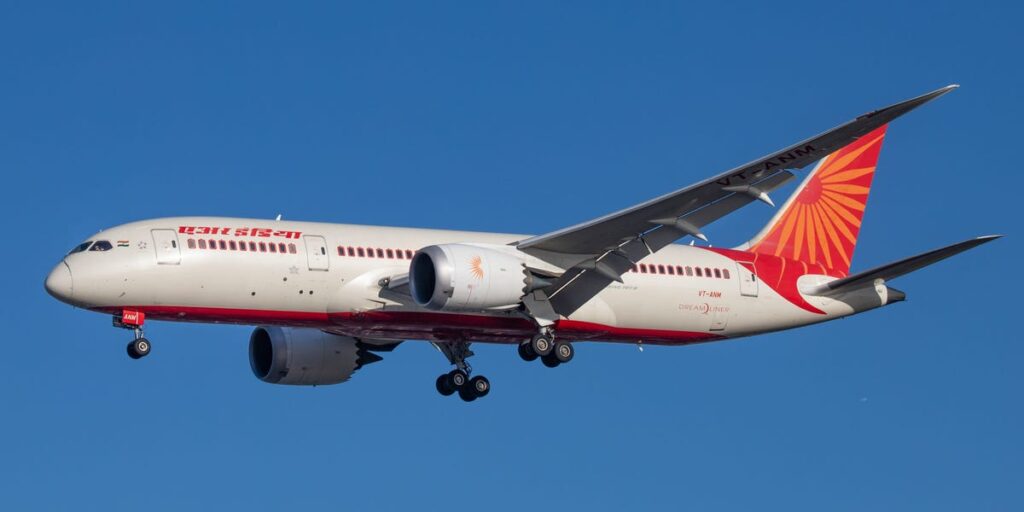An Air India flight diverted after its autopilot and flight controls malfunctioned, leading a pilots’ group to call for further inspections of Boeing 787s.
Flight 154 took off from Vienna around 9 p.m. local time on October 9. It was supposed to land in New Delhi about eight hours later.
However, about halfway through the journey, the Boeing 787 pilots changed direction toward Dubai.
The president of the Federation of Indian Pilots, CS Randhawa, wrote to the country’s minister for civil aviation the following day, expressing concern about the incident.
Randhawa said the flight “had major technical issues where the autopilot system suddenly failed, triggering a series of technical malfunctions.”
He added that the instrument landing system, which guides pilots toward runways in low visibility or at night, was among those that stopped working.
There were also difficulties with the flight control systems, Randhawa said.
“We compliment the skill of the pilots to fly the aircraft at night safely to Dubai with limited automation/systems,” he said.
Boeing did not comment on the incident, referring Business Insider to Air India, which did not immediately respond to a request for comment.
An Air India spokesperson said in a statement to The New Indian Express that the aircraft was diverted due to a “technical issue.”
Data from Flightradar24 shows the 787 took off from Dubai roughly three and a half hours after diverting there. It reached New Delhi four hours behind schedule.
The incident came five days after the ram air turbine, or RAT, for a separate Air India Boeing 787 deployed unexpectedly on approach to Birmingham, England.
This is an emergency power source that typically deploys if both engines stop working or hydraulics are critically low. However, Air India has said “all electrical and hydraulic parameters were found normal.”
In his letter, Randhawa requested that Indian authorities ground all the country’s 787s and have their electrical systems inspected.
Reuters reported on Monday that the country’s regulator asked Air India to reinspect the RATs on some of its 787s, and also requested a report from Boeing.
The model has been under enhanced scrutiny since June’s fatal crash of Air India Flight 171. But that appeared to occur under different circumstances.
Investigators’ preliminary report said Flight 171’s RAT was deployed after the fuel was cut off to both engines seconds after takeoff.
Most theories have pointed toward the pilots’ actions because the fuel-cutoff switches have safeguards against accidental movement.
A final report into the cause could take more than a year to complete.
Read the full article here
















